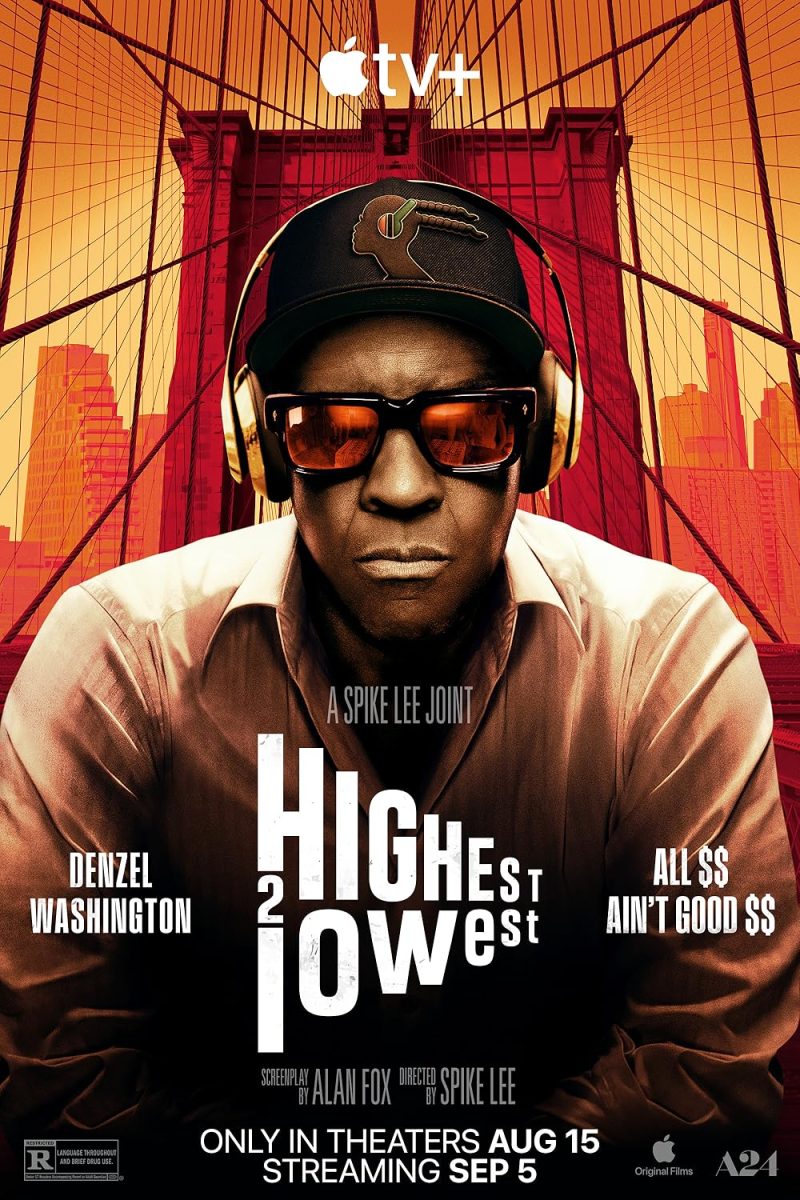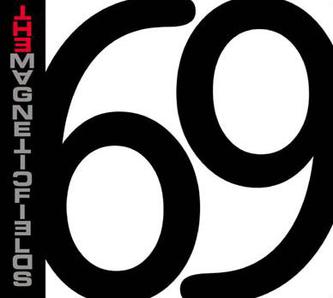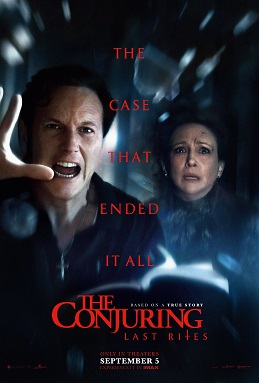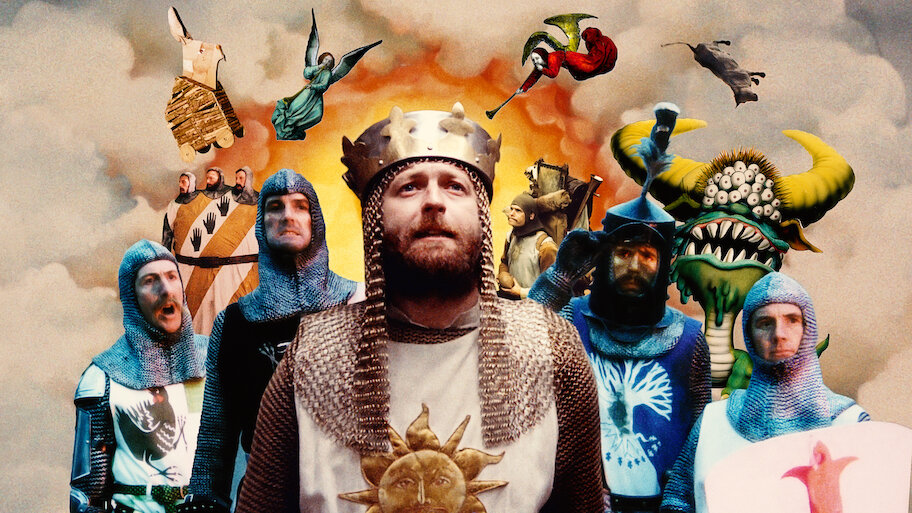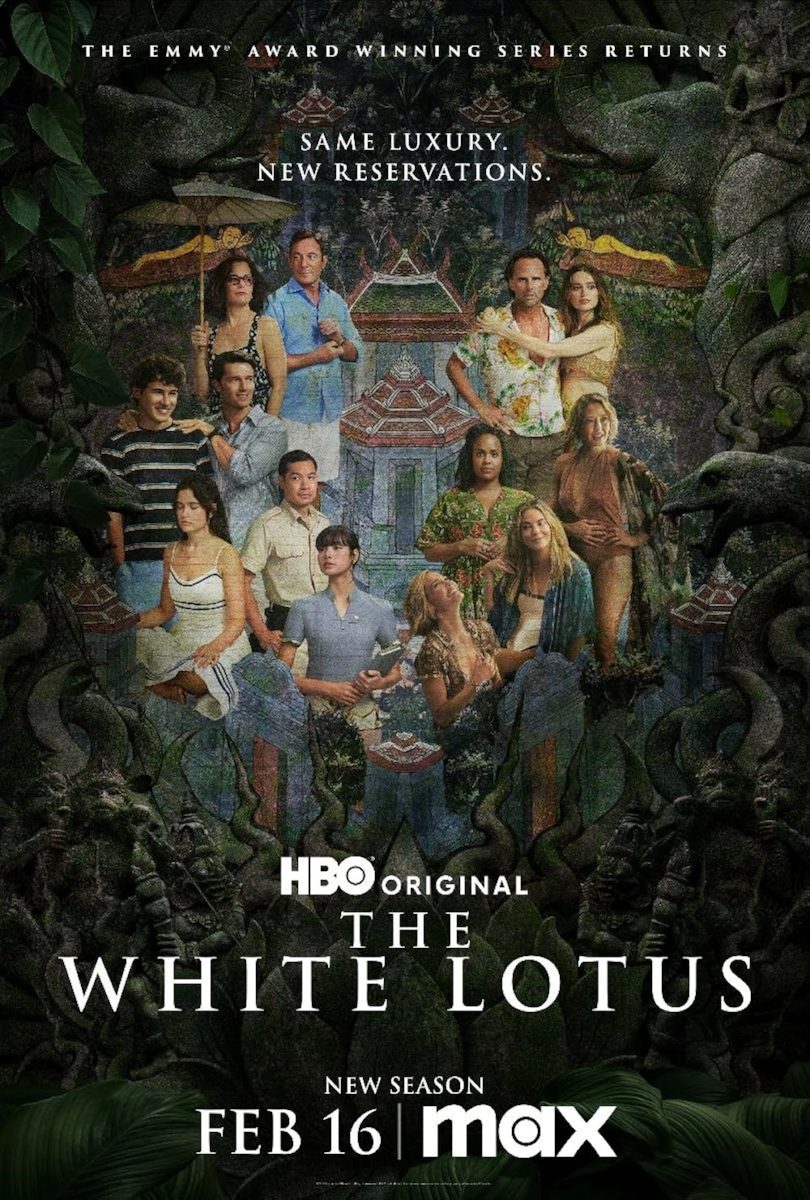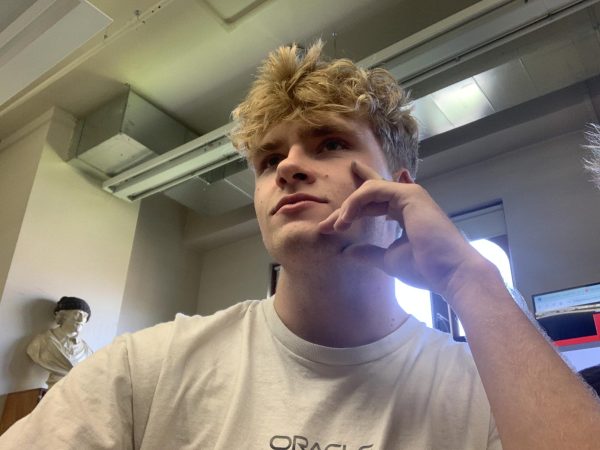In the nearly forty years that Spike Lee has been a director, the conversation around his films has swayed dramatically. While regarded as one of film’s most influential and evocative storytellers, Lee is far from a director lacking misses. “Oldboy” (2013) comes to mind, a shallow recreation of the Korean film of the same name devoid of the original’s poignance. Lee’s successes, however, are radiantly affecting.
“Do the Right Thing”, released in 1989, is arguably Lee’s most recognizable and well regarded work. As a historically hot day in Brooklyn’s Bed-Stuy neighborhood raises tensions, mundane aspects of a multifaceted culture become points that Lee uses to articulate a powerful message about systemic oppression and race relations in America. “Do the Right Thing” was my introduction to Spike Lee, and since then I have revered him for his directorial prowess.
Now, thirty-five years later, the ever present question of “does he still got it” rears its head once more with Lee’s newest film, “Highest 2 Lowest.” In the time of streaming service monopoly, Lee partnered with Apple TV and darling production studio A24 for an adaptation of my personal favorite film from Akira Kurosawa, “High and Low,” a passion project for Lee, and a film I have personally been very excited for.
“Highest 2 Lowest” and its source material share the same plot, with a few key differences. In “High and Low,” itself an adaptation of the novel, “King’s Ransom,” Tojiro Mifune plays Kingo Gondo, a wealthy business executive that, in the midst of a major business deal, receives a phone call from an anonymous man that says he has kidnapped his son and wants a ransom in exchange for returning the child safely. However, it is quickly revealed that instead of Gondo’s son, the kidnapper grabbed Gondo’s chauffeur’s son. Now, Gondo must make the decision between protecting the life of a child he has little obligation to, and keeping the money to save his shares of his company. The film is a well-crafted thriller as well as serving as an impactful critique of capitalism.
In “Highest 2 Lowest,” Denzel Washington plays the stand-in for Mifune, David King, the founder of Stacking Hits Records, a major record label with a rich history built on the back of King. As he works toward a reacquisition of his shares in the company, his chauffeur’s son is similarly captured, this time by an underground rapper played by A$AP Rocky. An important deviation from the original film is that both King’s son and the son of his chauffeur are teenagers, as opposed to young children like in “High and Low.” This gives both sons a higher stake in the plot, being able to more openly and effectively voice their opinions. King eventually chooses to pay the ransom but attempts to get the money back from the kidnapper, eventually taking matters into his own hands.
Aside from the plot, many artistic risks are taken, as to be expected from a “Spike Lee Joint.” Some of them did not land for me, but many others did.
The best change from the source material, I believe, is making the police much less competent. In a cinematic history like Lee’s, I should’ve expected a different relationship with the police than from “High and Low,” where detectives are equally as empathetic as they are cunning. In Lee’s however, they are overly aggressive, dismissive and seemingly classist, never taking King’s chauffeur (played by Jeffrey Wright) seriously, and only taking orders from the extremely rich David King. Other elements, like a stereotypical rap music video undercutting a climactic moment, are charming, creative, and inspired.
However, my problems with the film lie in some genuinely bizarre choices which interrupted the tone of the film for me in a damaging way. The score, specifically, is ridiculously whimsical, more fit for a children’s fantasy film than a “thriller.” In an intense chase through the streets of New York during a parade, music akin to something out of the “Harry Potter” films overpowers any sense of intensity.
At other times, cuts between shots seem poorly overlapped, either being off on continuity or repeating the same action across cuts. For a director like Lee, and a studio like A24, I can only assume that these are intentional, but for what purpose? Sometimes it can be argued that they serve to bring attention to an important detail, like a green headband used to explain a mistake made by the kidnapper, but other times it only leads to the film feeling sloppy.
The final act as well seems to have two or three different “conclusions,” which only lead to the ending of the film feeling meandering and messy. You expect a fade to black, and the film continues to move on for another fifteen minutes, tying up loose ends that might have been better left off cloaked in ambiguity.
My biggest problem from the film, though, is from the perspective of David King. King is a man who is depicted as “timeless,” he has ears that transcend trends and are able to acutely pick out talent, or struggle, a skill that becomes integral to the plot. However, he seems far from adjusted to the cultural zeitgeist, an aspect of the film I would hesitate to say is intentional. This, unfortunately, seems most likely attributed to the perspective of Spike Lee himself.
Lee, like any other director with a decades-spanning career, is getting old. Age
can season a director, their work becoming more introspective and personal as they near the end of their lives. Spielberg, Scorsese, and even Kurosawa all made some of their most impactful films from a place of retrospection, a commentary on a career well had. Lee is not that old yet, but my frustration lies with Lee’s seeming denial to understand his place in the conversation. “Highest 2 Lowest” struggles to be the young man’s film it is trying to be.
Throughout the film, references to social media trends and culture are groaningly off kilter, clearly evident of a team of people that have a detached view of the online world. These inclusions do not make the film more relatable or realistic, but only serve to alienate the audience it seems to be appealing to. AI is also mentioned two times, both in reference to the technology being “the future,” before David King denounces it, and proves that human ability is superior. The sentiment is nice, but both mentions cause an eye roll out of me, as a feeling that these ideas are not fully understood by the film populates my mind. I’m not asking for Lee to use ultrarealistic dialogue, or that every character must speak in a believable way. That isn’t the style of a Spike Lee “joint”. Instead, characters are often mouthpieces for commentary on world issues, their dialogue reflecting the idea that Lee is trying to invoke. My problem rests with the necessity of these messages. It seems that Lee is lazily using scenes and dialogue to make half-empty commentary on an issue he doesn’t even fully understand.
The best thing for Lee, in my opinion, is to come to terms with his age. It is impossible for anyone to keep their finger on the pulse of pop culture as they naturally stray from its target audience. Lee must find something authentic to say again, and it needs to be personal. Lee doesn’t need to create a miserable introspective epic for me to be invested, but he cannot go on like this.
That being said, I still enjoyed “Highest 2 Lowest.” It is a solid film with mostly superb acting, including A$AP Rocky, who possesses a surprisingly grabbing stage presence, and the film is a harmless retelling of one of Kurosawa’s greatest works, and a fascinating adaptation that I’m sure will grow on me over time. If you watched “Highest 2 Lowest,” or even if you have not, I implore you to watch “High and Low” as soon as you can, and see the masterwork of one of cinema’s most legendary auteurs.

